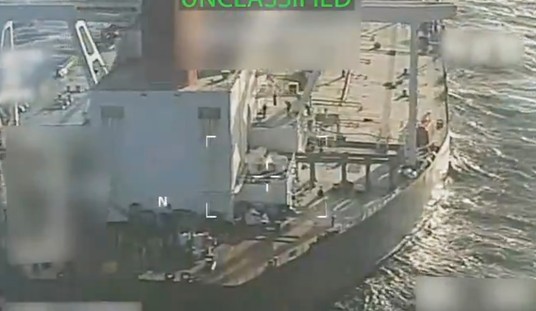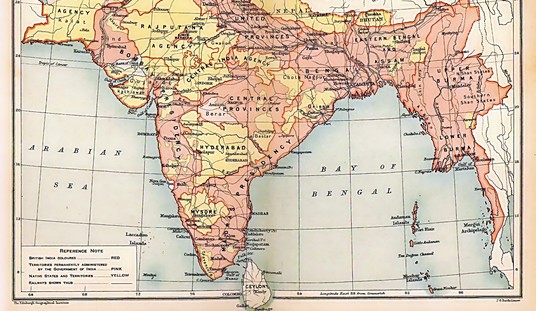Fourteen years ago, on March 11, 2011, at 2:46 local time, a magnitude 9+ earthquake off the coast of the Tohoku region of northern Japan caused massive damage, and was followed by an even more devastating tsunami, with a wave up to 133 feet high sweeping inland as much as six miles.
The earthquake was bad enough, and the tsunami was worse, with 15,899 confirmed deaths, and another 2,529 people missing and never recovered.
Worse yet was a succession of failures at the Fukushima nuclear power station. Now, the power station had been designed to survive a magnitude 8.2 earthquake without failing; it had been designed to deal with a major tsunami without failing. Unfortunately, it wasn't designed to survive a magnitude 9 earthquake and a major tsunami happening at basically the same time.
This was too much, and the Fukushima Daiichi ("Unit One") reactor failed immediately; the Daini ("Unit Two") reactor failed shortly after. I wrote a lot about it at the time. I think this article stands up well, and if you're interested, I'll link several of the explainers I wrote at the end of this article. But I'm going to shamelessly quote myself on one point:
The earthquake and tsunami seriously damaged reactors at the Fukushima Daiichi (“number one”) and Daini (“number two”) in Okuma, in Fukushima Prefecture, and also damaged the Onagawa plant in Miyagi Prefecture. In total, of the 55 nuclear power generation plants in Japan, 11 have been forced to shut down, cutting power generation capacity in Japan dramatically and forcing the country to adopt a series of rolling blackouts. It would seem impossible to overstate the severity of the crisis.
The media, however, has risen to the challenge, with a combination of poor information, ignorance, and alarmism, along with antinuclear activists passing themselves off as unbiased experts.
Sadly, the Fukushima disaster offered all too many opportunities in the following decade to rise to the challenge. Two weeks later, there was a report linked by Drudge (remember Drudge? Used to be an important site) that workers had been exposed to radiation 10,000 times the normal amount.
Sounds pretty awful, right? They must have had weeping relatives peering at them through radiation-proof glass as the workers gasped their last breath, hair falling out.
Except it wasn't true, or rather it was true but being wildly exaggerated. The actual dose was in the neighborhood of 15 rem (radiation explained in painful detail here), which is about like 10 to 20 CT scans, and while they got burns, they were beta burns, which are basically just like sunburn except they itch more.
The point is that through ignorance or the desire for clicks, the headlines were made much more exciting, and the actual facts weren't important. It continued, and in 2017, there were reports that radioactive iodine was being detected in Europe. Only it turned out to be a really trivial amount, about one atom in ten Zeppelins' worth of air. This story got re-washed, and there was a report of radioactive wild boars that turned out to be about as radioactive as 12 pounds of bananas, and seawater that was about 1/50,000th as radioactive as a banana.
(Seriously, you can look it up.)
Now, why am I bringing this up? After all, the 14th anniversary of an event doesn't particularly stand out as important on its own. But it's an example, conveniently insulated by time, of what is called "yellow journalism."
My research assistant Grok provides a nice summary:
Yellow journalism refers to a style of sensationalized, exaggerated, or misleading reporting that prioritizes grabbing attention over factual accuracy. It often involves bold headlines, scandal-mongering, and emotionally charged stories to boost readership or influence public opinion. Think of it as the 19th-century version of clickbait—less about informing and more about selling papers.
The phrase itself comes from the late 1890s during a fierce newspaper war in New York City between Joseph Pulitzer’s New York World and William Randolph Hearst’s New York Journal. Both papers were accused of hyping up stories—especially around the Spanish-American War—to outdo each other. The term "yellow" specifically ties to a popular comic strip, The Yellow Kid, created by Richard F. Outcault. It first appeared in Pulitzer’s paper in 1895, but Hearst poached Outcault in 1896, sparking a rivalry. Critics started calling their over-the-top style "yellow journalism" after the comic’s bright yellow character, and the label stuck as a jab at their shameless sensationalism.
I think "yellow journalism" is a phrase that should be revived, because we see a lot of it on X. The thing that set me off was this story, initially reported by Slay News, which was being repeated by a lot of people with their hair on fire.

Sounds pretty awful. The problem is it's not actually true.
The article claims that there will be a wave of mass deaths from myocarditis among those vaccinated with any of the mRNA vaccines, and claims 50 percent will die within five years.
Two problems: first, that's the death rate for people with myocarditis in general, not myocarditis caused by a vaccine. Second, among people with myocarditis in general, these are normal statistics.
Well, and a third problem: Cleveland Clinic said no such thing. Basically, it was made up to catch the eyes of the people who are already primed to fall for any "OMG Covid" story.
The facts are that COVID itself can cause myocarditis — which is not a real surprise, since even a common cold or the flu can have myocarditis as a complication. Real, actual studies show that there is indeed a risk of myocarditis from the Covid vaccinations — but the risk of myocarditis from Covid is worse. Eleven times worse.
The point is that, just like stories about radiation from Fukushima and Chernobyl, stories that sound too awful — either too awful to be true or so awful that it must be a conspiracy to conceal it — probably aren't true. They're probably clickbait. They're yellow journalism.










